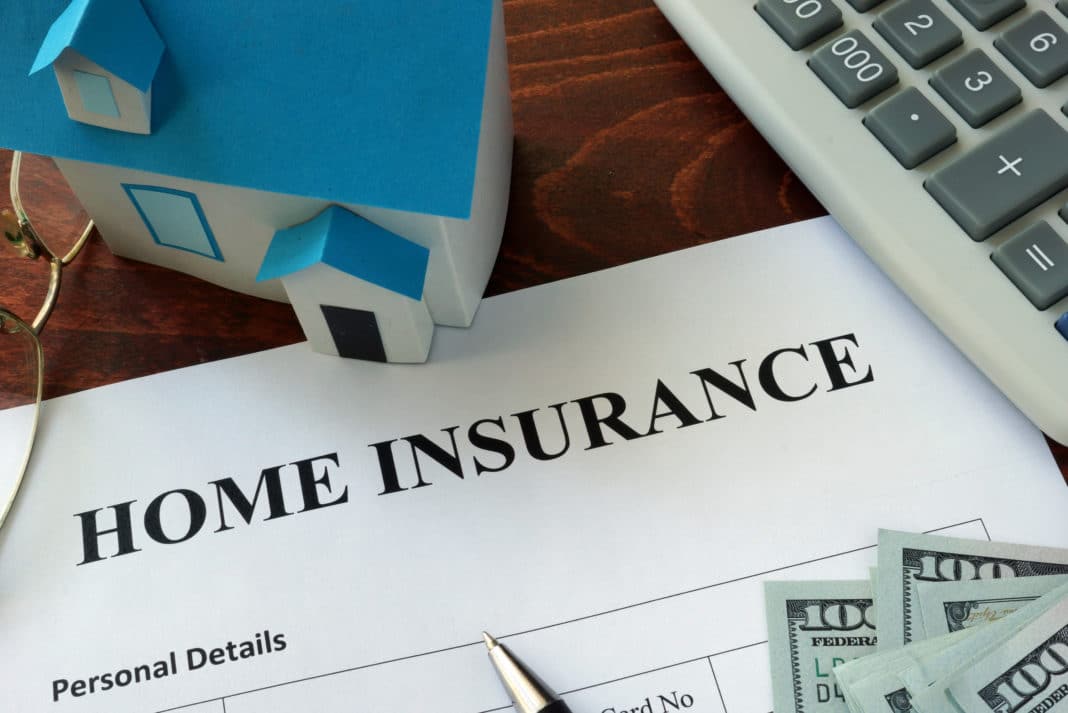Thanks to a rocketing real estate market, your house is likely now worth more than it’s ever been worth before. But is your home insurance up to speed?
For homeowners, now is also a great time to renovate or add on, since chances are good the market will support that investment you’re making in your house. But the very process of renovating invokes risks that may or may not be covered by your home insurance.
Here’s why—and how—to update your home insurance coverage now, so you know you’re covered if things go awry.
Consumer advocates and insurance companies agree on one thing: It’s important to start your annual home insurance review from scratch. As tempting as it is to just update your existing policy, risk factors are changing faster than ever.
Yes, your house is worth more. But don’t confuse the current market value of the house with the replacement value, which is what insurance covers. In other words: Don’t rely on the latest Zillow estimate of the market value of your house to dictate the amount of coverage you need. You can’t just add the cost of a renovation to the prior value of your house and figure that’s the amount you should insure for.
Here’s why: Insurance covers the cost of replacing or repairing the house on the same spot…not the cost of buying a new house on its own plot. Even if your house burned down, the land would still be there. That’s why market values are less relevant than you might think.
The key factor is how much it would cost to replace or rebuild your house right where it is. On that point, you are in luck. To estimate how much it would cost, per square foot, to rebuild your house right where it is, research current, local construction costs; the National Association of Homebuilders tracks these and is a good place to start your research.
As you review the entire situation, be sure to review any improvements and additions you have recently made to the home, says Angi Orbann, vice president of personal insurance property at insurance company Travelers.
“If you have made significant improvements, such as finishing a basement or expanding the footprint…these types of changes may require an increase to your coverage limits,” Orbann says. “Make sure to think about other structures on your property—if you added a shed, pool or detached garage.” And don’t forget to include the cost of new furniture, rugs, or art that are now in your refreshed or expanded space.
Update your home insurance when renovating.
First, discuss insurance coverage with your contractor, because how they manage the project will directly affect what you have to lose in the process.
And remember: These are days of legendary supply chain delays. Your contractor will want to buy materials when they are available—and you will be expected to make or rent space to store cabinets, appliances, wood and sheet-rock. If you store materials in your garage, they could be stolen. Materials stored in your basement might be affected by mold or water damage. Ask your insurance agent in advance about a temporary addition to your policy that covers the theft or loss of materials.
Ask your contractor about their own coverage for fire, chemical, and water damage, especially if the project calls for high-risk processes such as stripping paint with a heat gun. Confer with your insurance agent about whether or not these process invoke the need for a temporary boost in coverage. And confirm that your existing policy covers injuries to workers or visitors—for instance, what happens if a delivery person steps on a nail on your sidewalk?
Finally, when the project is done, review how to update your policy to protect your now-more-valuable house.
Once you’ve crunched numbers, ask more questions—and keep records.
Now that you have a good idea of how much your policy should cover, review your policy directly with the insurance company, not with the agent, an attorney who started United Policyholders, a consumer advocate nonprofit, 30 years ago.
“Don’t rely on the company’s definition of ‘full coverage,'” she urges. Find out exactly what is covered and the company’s current norm for homeowner’s insurance deductibles. Many insurers have been raising deductibles and often coach customers to choose a deductible that is “affordable,” said Bach. “Make sure the deductible is truly affordable, such as $5,000—not 20 percent of the value of the house,” she says.
And, she emphasizes, document every aspect of your communications with your insurer. At the very least, you can use the evidence to work with your insurance agent to find a policy that best suits your needs. At worst, you can use the documentation to push back if you make a claim only to find that the policy covers less than you thought it did.
Make sure your home insurance covers emergencies.
Finally, update your understanding of the risks that might damage or destroy your house. Runaway wildfires, floods, and tornados are nightmare events that can wipe out your house and everything in it. Climate change is driving ever-changing guidelines for risk management, which means that you need the latest information for both the risks facing your house and how to craft the best coverage.
Flood coverage is shifting rapidly, says Mike Barry, a spokesperson for the Insurance Information Institute. Don’t take your cue from whether or not your mortgage lender requires you to have flood insurance: Water damage is far from limited to floodplains. Drain and sewer backups, roof leaks, and plumbing breaks can all inflict water damage, says Barry. And, 90 percent of weather disasters involve some aspect of flooding, too, he adds.
You can get a quick overview of the climate, flood and wind risks to your house at FreeHomeRisk. A custom report shows the types of disasters most likely to affect your address, from drought to flood to earthquakes caused by fracking. The risk calculator is offered by the Insurance Information Institute.
Taken from https://www.realsimple.com/work-life/money/home-finance/update-home-insurance




